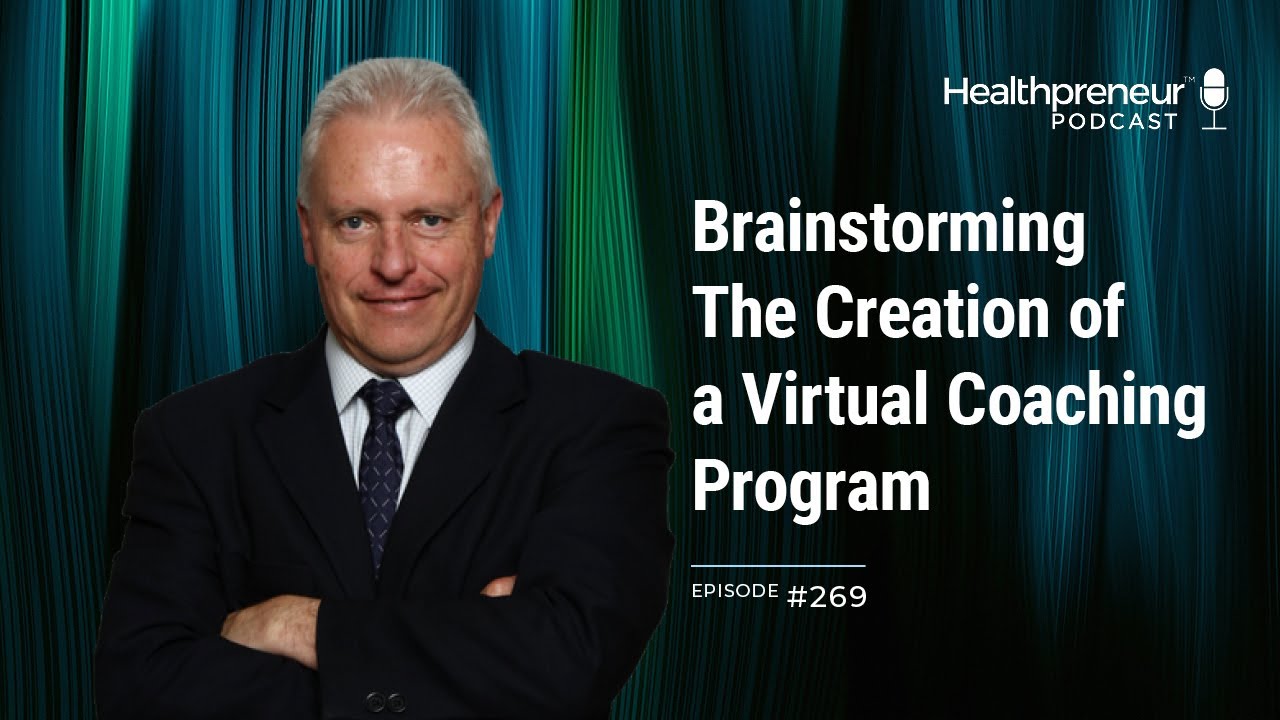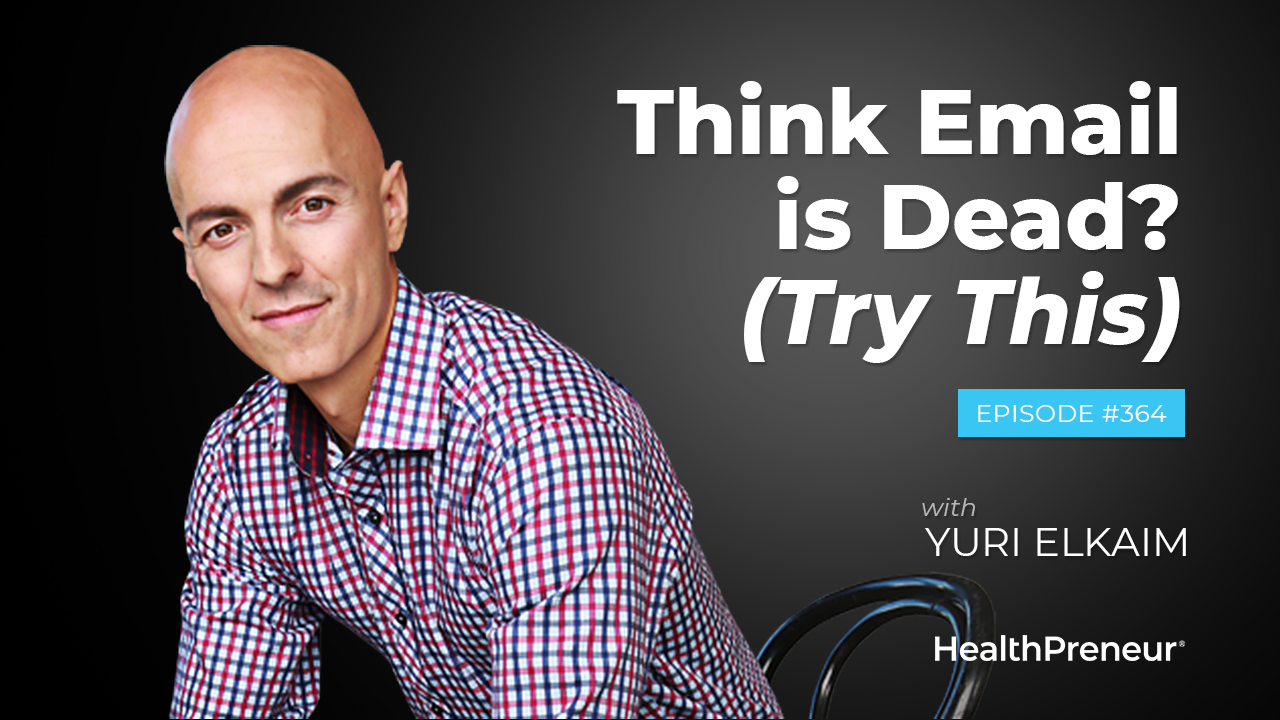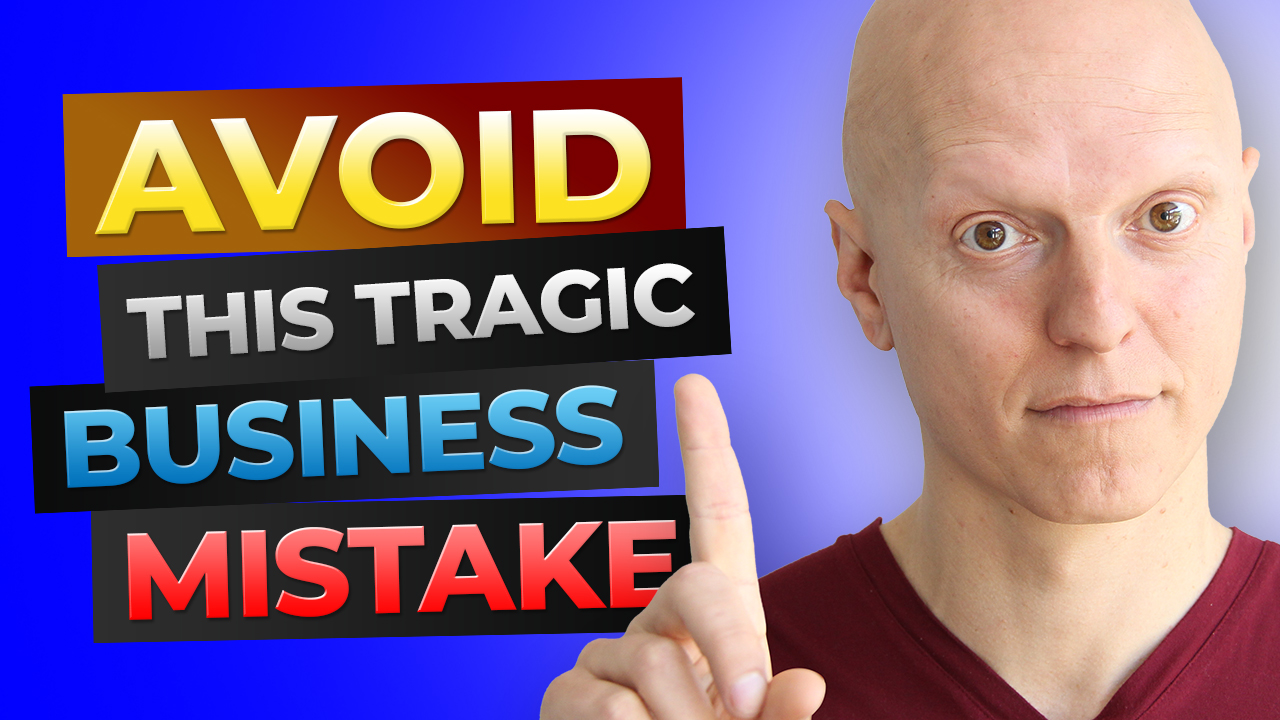How to Turn Your 1-on-1 Into Group Coaching
Okay, so let’s talk about how to take your expertise and your coaching from one-on-one to more of a leveraged group model. How can you do that?
That’s really what I’m great at helping our clients do, and I really believe you should be building a coaching program that is not dependent upon you trading time for money.
The Downside of One-On-One Coaching
Now, raise your hand and agree with me if you love one-on-one coaching or if you love trading time for money, if you love the, in some cases, energy-sucking powers of certain clients. If you’ve been coaching clients for any number of years, you’ve gotten to a point, probably, where you realize that a lot of these sessions end up being psychotherapy sessions, and they can drain you, exhaust you and, in some cases, burn you out and leave you feeling like coaching really isn’t a lot of fun. So I want to help you kind of come back to your passion for coaching and move into a smarter model that is actually going to help you, but also, more importantly, help your clients get better results.
Three things we need to do to move from one-on-one to a group model
So there’s three things we need to do to move from one-on-one to a group model.
First and foremost, as a health or fitness expert, you have to identify one target audience that you want to serve. Now, you’re probably watching this and you’re thinking, hey, Yuri, well, I can help a lot of people. I can help people lose weight, reverse diabetes, overcome Hashimoto’s, lose weight, reduce back pain. I’m sure you can do a lot of amazing things, because you have a lot of tools in your toolkit. Now, here’s the thing, though, is if you continue to want to help all sorts of different people, then you are essentially building a one-on-one coaching business. Because if you enrolled, let’s say, 20 clients in the space of one month and all 20 clients had different outcomes or different desires or different problems, then what are you going to do, right? You’ve essentially now built out 20 one-on-one coaching clients.
So instead of that, we need to identify one target market at a single time that you want to serve. Now, this doesn’t mean for the rest of your life on planet Earth, you can only serve these people. But if that were the case, you need to ask yourself two questions. Number one is, who do I love working with? That’s important, right? Because you have to really enjoy working with your clients. Second is, if I only got paid after my clients got a result, who would be the best clients for me to work with? Essentially, who can I produce a result for?
For instance, if you’re somebody who is an amazing trainer and you know that you want to work with people who are more athletic and they’re looking to really move to the next level in their performance but you’re speaking to people on the phone who have knee replacements and hip replacements and they’re 50 pounds overweight, and you’re thinking to yourself, man, I could really use this money, but if I enrolled this person, I know in the back of my mind, they’re not the perfect client. Because that perfect client is probably not going to be … Or that client, in this case, is not going to be able to do the things that you’re recommending for them to do. So you really have to be honest with yourself and have a very strict criteria of who you will and who you will not work with. Because you know that if these people fit your criteria, you can create an amazing result for them.
This is important, because as you know, we’re going to include in our program a premium price. You’re not going to be working with people for 50 bucks an hour. You’re not going to work with them for $100 a month. All that stuff is gone-so, okay? We’re working with people who we can produce a result for. When someone’s coming to you because they want to improve their health, you have to internalize that nothing is more important than that specific thing for them. So if you’re offering something for $2,000, $3,000, $4,000, $5,000, you have to understand that if you’re producing a result or an outcome for that client, that is a drop in the bucket. That is a steal compared to the alternative, which is continuing to go down a rabbit hole of frustration, lack of results, increased weight gain, death, family death, not being there for their kids, whatever the issue might be.
So we’ll save the premium pricing discussions for another training, but for now, the number one thing we’ve got to do is figure out who we want to serve. Single target market, and that single target market has to have the same pain or problem. So you want to help men between 40 and 60 overcome back pain, that is your audience. It’s not women. It’s not people looking to lose weight. It’s men 40 to 60 who want to lose back pain. That’s an example. Because here’s the thing. So now we’ve identified who we want to serve. The second thing is we need to determine where they want to go. So we’ve identified who this target audience is, and very closely linked to that is where they want to go. So they all have to have the same desired outcome. That should be pretty straightforward based on the first thing.
The third thing is we have to have the same protocol, the same proprietary process, the same what we call a dream-come-true system to get them there. As an example, we are the world’s leader in helping health and fitness coaches start and scale high-end coaching businesses. Now, when someone comes into our program, the Health Business Accelerator, they’re not doing different things for other clients. Everyone does the same thing. Four step, perfect client pipeline. We build it out, they’re off to the races. Every single client is doing the exact same thing. What does that mean? That means we can help two clients at the same time. We can help 200 clients at the same time. That’s the beautiful thing about a group coaching program, is that it’s based on systems and structure, not your time. When it’s set up properly, your clients shouldn’t be knocking on your door asking for little help here and there. If it’s set up properly, it really should be very done on your own, because it’s well explained. It’s well thought out. Then, obviously, you’re there to support them and coach them and hold their hands.
The Benefits of Group Coaching
But it’s really important, in a coaching environment, to create empowered clients, not dependent clients. I’ll talk about this in a different video, but for now, three things. We need three people on one train, and that one train is on the same track, and that one track is going to the same destination. So those are the three things you need to move from one-on-one coaching to a group-based model. The beautiful thing about this is that if you want to save a lot more time in your life and make a lot more money and actually help your clients at a better level, this is the way to go.
Number one, you make a lot more money. You shouldn’t actually decrease your prices if you’re offering group coaching. Honestly, every single coach that I’ve ever spoken to, if they have a comparison of group and one-on-one, the one-on-one is always more expensive.
Listen, I understand. If you want to go more expensive with one-on-one, that’s totally fine. It should be way out there. But the group coaching, just because people are working together in a group doesn’t mean it should be less expensive. The reality is your clients will actually get better results in a group of like-minded people. So there’s no reason it should be less expensive. So that’s one thing to consider.
The second thing is that your clients get better results. That’s important, okay? You earn more money. Effective hourly rates is a lot higher. So you’re now making more money with less time put into the actual coaching. So you’re not trading time for money anymore. You’re working with five clients at the same time, 50 clients at the same time. Your output in terms of time invested in terms of delivering the coaching is no different.
Now, if you want to add in individualized, personalized components, that’s up to you, and you can obviously add that in, knowing that it will take a little bit more of your time. But that’s okay, because still, it’s not one-on-one. So the group coaching model is a beautiful way for you to save time, make a lot more money, and help your clients get way better results. Now, I don’t know about you, but that sounds like a win, win, and win in my book, and that’s exactly why it’s the only thing we help our clients do. Because we know, for us, it helps our clients get amazing results, and we know, for them, it helps their clients get amazing results, as well.
Your Next Step
So if you like what I’m talking about here and if you want help taking your knowledge, your expertise, from one-on-one into more of a group model, then I would love to support you. If you click on this link, it’ll take you over to a free training we have that’ll show you exactly how to do that. Then, once you have that framework, how to attract more of your clients in the first place so that, again, you’re not trading time for money, efforting your way to get more clients coming in your door. We’ll show you our four-step predictable system to attract more clients like clockwork. Then, now, you can bring a whole ton of clients into a group-based program that is going to serve them at a much higher level.
Again, if you want that, click on this link to attend the free training today. I think you’ll really enjoy it.
Once again, thanks so much for joining me. I’ll see you soon.
If you enjoyed this episode, head on over to iTunes and subscribe to Healthpreneur™ Podcast if you haven’t done so already.
While you’re there, leave a rating and review. It really helps us out to reach more people because that is what we’re here to do.





